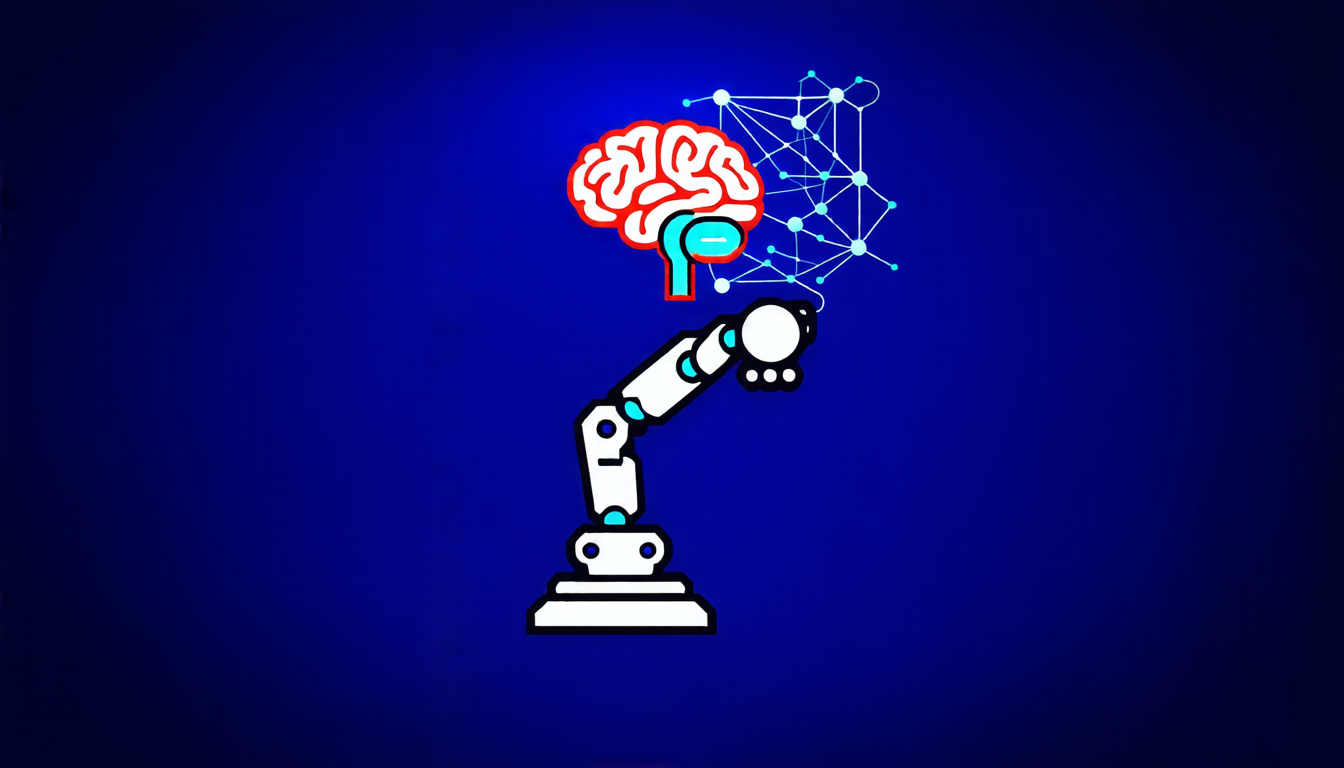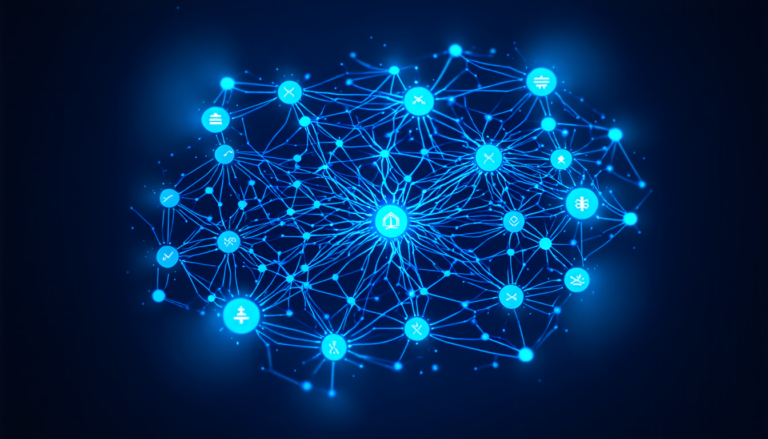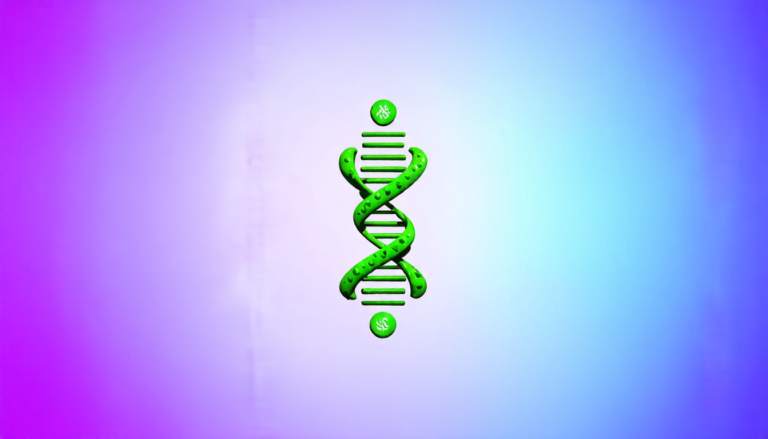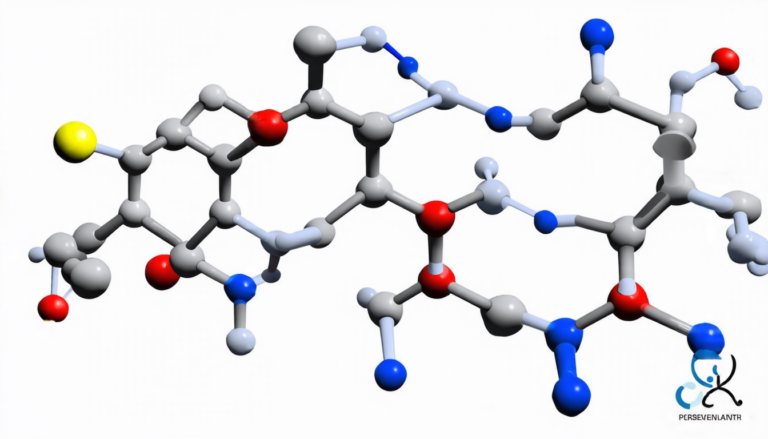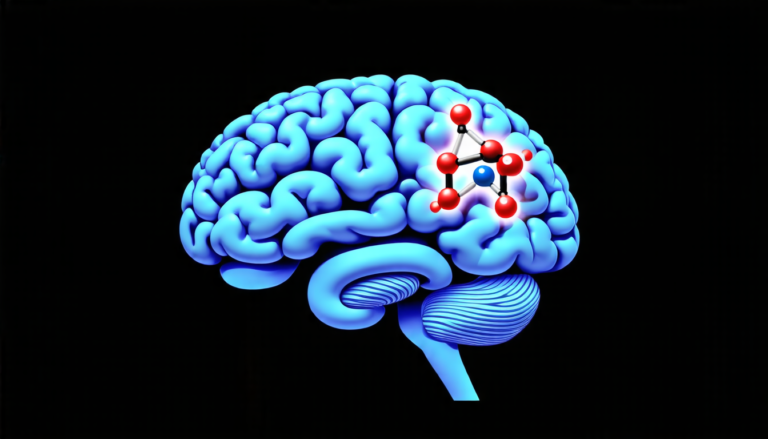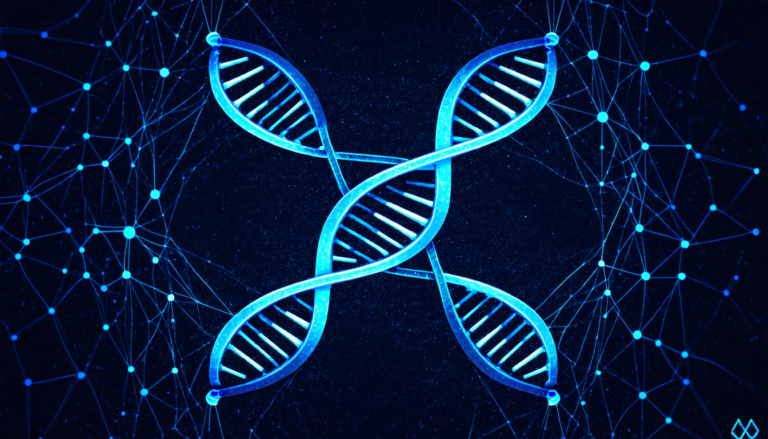Thursday 11 September 2025
The quest for a more intuitive and efficient way to control prosthetic limbs has led scientists to develop a new method of decoding brain signals. By analyzing neural activity in the motor cortex, researchers have been able to extract multiple correlated motor variables simultaneously, such as direction, position, velocity, and acceleration.
This breakthrough comes from a team of scientists who have developed a framework called Multi- dimensional Neural Decoding (MND). This approach tackles two major challenges: cross-task interference when decoding correlated motor dimensions from shared cortical representations, and generalization issues across sessions, subjects, and paradigms.
To address these challenges, the researchers propose OrthoSchema, a multi-task framework inspired by cortical orthogonal subspace organization and cognitive schema reuse. OrthoSchema enforces representation orthogonality to eliminate cross-task interference and employs selective feature reuse transfer for few-shot cross-session, subject, and paradigm adaptation.
The team tested their approach on macaque motor cortex datasets and found that it significantly improved decoding accuracy in cross-session, cross-subject, and challenging cross-paradigm generalization tasks. Moreover, ablation studies confirmed the synergistic effects of all components are crucial, with OrthoSchema effectively modeling cross-task features and capturing session relationships for robust transfer.
This research has significant implications for the development of brain-computer interfaces (BCIs), which enable people to control devices with their minds. BCIs have the potential to revolutionize the treatment of paralysis and other motor disorders, allowing individuals to regain independence and autonomy.
The researchers’ approach also opens up new avenues for understanding neural information processing in the brain. By analyzing how the brain encodes and decodes complex motor movements, scientists can gain insights into the neural mechanisms underlying learning and adaptation.
In practical terms, this breakthrough could lead to more advanced prosthetic limbs that are capable of precise and nuanced control. For example, a person with paralysis might be able to use their mind to move a robotic arm or hand with greater precision and dexterity.
Overall, this research represents an important step forward in the development of BCIs and our understanding of neural information processing. As scientists continue to explore the possibilities of brain-computer interfaces, we can expect to see even more innovative applications emerge in the years to come.
Cite this article: “Decoding Brain Signals for Intuitive Prosthetic Control”, The Science Archive, 2025.
Brain-Computer Interfaces, Neural Decoding, Motor Cortex, Prosthetic Limbs, Paralysis, Motor Disorders, Robotic Arm, Hand Control, Ortho-Schema, Multidimensional Neural Decoding

